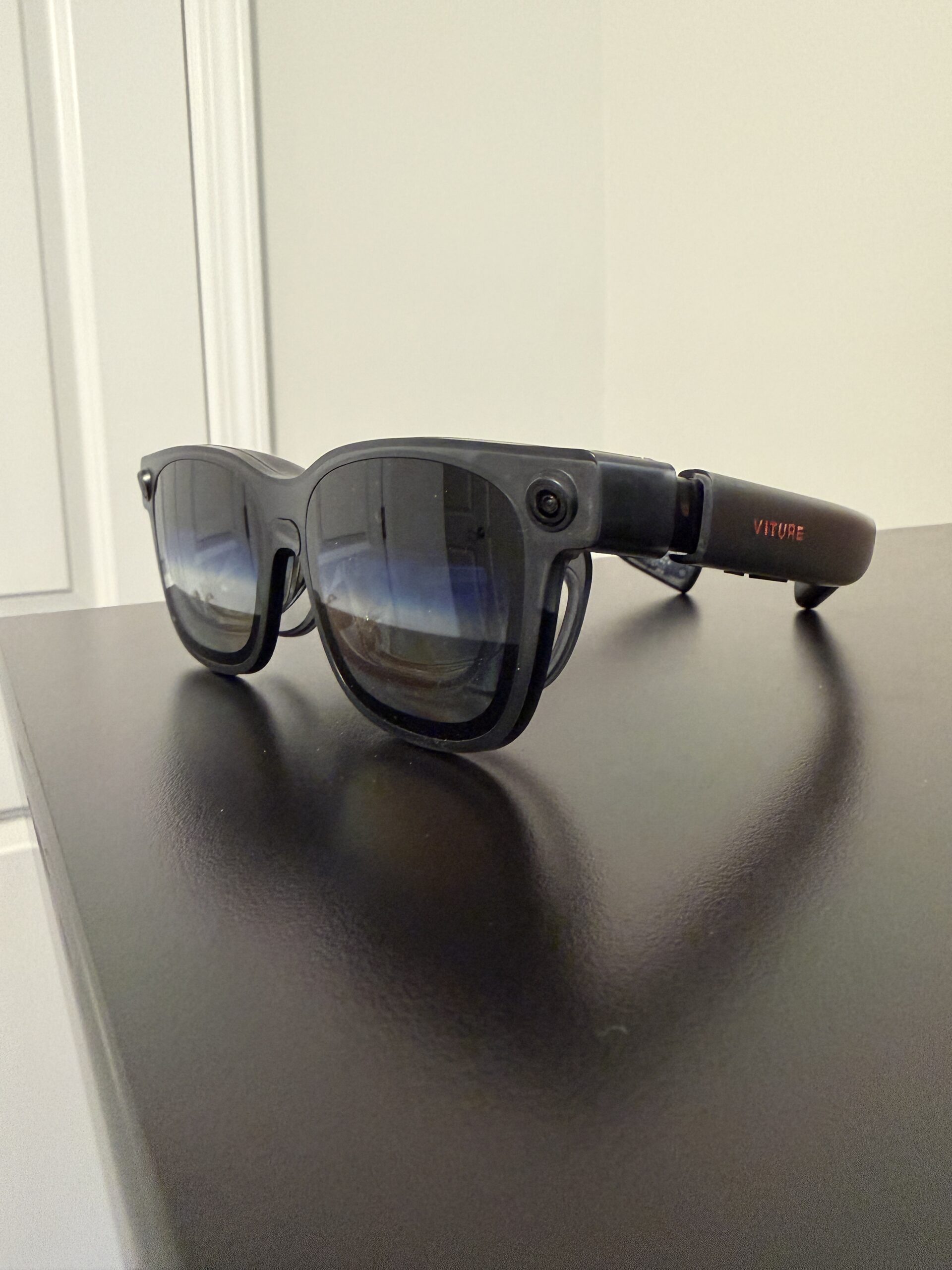Croc: Legend of the Gobbos Review – Review

I have some pretty particular opinions when it comes to remastering the early 3D console games of the ‘90s. Finding that sweet spot between completely changing the look of a game and simply running the original at a higher resolution, can be a difficult challenge. Simply slapping modern textures on original geometry results in an unpleasant visual dissonance. Going in and re-doing everything from scratch can be more visually cohesive but risks losing something of the original if you’re not careful. Worst case scenario, you somehow wind up with something that looks worse than the original game. I highlight all of this to hammer home that I’m admittedly very picky when it comes to this sort of thing. This context is important so that the following statement carries the proper weight:
Argonaut’s remaster of Croc: Legend of the Gobbos, is exactly what I want out of a remaster of a game from this era.
Powered by how to embed youtube video and starburstnotongamstop.org
Originally released in 1997 on PlayStation, Saturn, and PC, Croc was a huge success for Argonaut following the end of their relationship with Nintendo on the Super Nintendo. That being said, the original version hasn’t aged particularly well. Croc controls like a tank and levels are separated into a series of very small zones with substantial loading screens between each one. This all makes Croc an ideal candidate for an update.
Croc is a very straight forward 3D platformer. As Croc you’ll run, jump, and spin-attack through a series of mostly linear stages. Along the way he will save imprisoned Gobbos. These Gobbos can then grant access to secret stages. Gameplay is very simple with Croc’s only attacks being a ground pound and a tail spin. Most enemies, with the exception of bosses, take one hit to kill. Croc’s health is maintained by collecting crystals. If Croc takes damage he’ll drop his crystals, which will quickly disappear if not picked up immediately. It’s a mechanic very reminiscent of rings in Sonic the Hedgehog. Occasionally by collecting a key, you’ll have the opportunity to backtrack to a locked off area, but otherwise stages are generally linear. At the end of each stage, you’ll find a gong and a door that can be unlocked by collecting all of the special colored crystals in the stage. Ringing the gong completes the stage, but unlocking the door will allow you to enter a secret final room and save an additional Gobbo.
The first thing you’ll notice upon starting up the remaster is how much better Croc feels to control. While you can still use the original tank controls on the d-pad, the left analogue stick offers more traditional modern 3D platformer controls. This alone breathes new life into Croc to an extent I hadn’t expected, and makes the entire game feel so much better to play. While the game itself is still very simple–even compared to other 3D platformers of the time–it feels better to play than ever before.
As for the actual visual remastering, it would be easy to undersell the update. But in reality, that is a testament to how masterfully the release has been handled. Every environment, enemy, and object has been rebuilt but in strict accordance with the visual style of the original game. Croc himself still looks very much like a character of this era, with obviously segmented limbs built from simple shapes. But those shapes have been rebuilt at a significantly higher polygon count, making Croc look smooth, while still decidedly retro. This is true of enemies as well. And unlike some other recent remasters of this era, it even extends to level geometry, all of which has been updated in a similar manner to characters. Everything is still ultimately the same shape, but has received a massive boost in polygon count. It’s only by toggling back and forth using the minus button that we can appreciate just how many updates have been made.
Beyond geometry, textures have all been redone while once again maintaining the look of the original. In addition to the original and new textures, you can also opt for a filtered version of the original textures, which lands you somewhere in the middle. Lighting has been updated with support for real time shadows and ambient occlusion, rather than the original vertex lighting, though once again, the original lighting is still available. Now and then the new lighting does remove some of the dark moodiness from interior locations, and ambient occlusion can occasionally leave artifacts along the edges of the updated but still simple level geometry. My only real gripe with the remastering is that some of the lighting changes bring with them a few rough edges. That being said, like every other update they can be toggled on or off during gameplay. All of this then runs at native resolution on Nintendo Switch in either configuration and 60 frames-per-second (though I did notice some lower frame rate cutscenes).
I should highlight that the graphical settings aren’t a simple switch from retro to modern, but rather the various elements of the remaster can be swapped out individually. Geometry, textures, lighting, and screen filters, can all be mixed and matched. This can allow you to play with all the modern changes but keep the original vertex lighting, or any other combo you want to try.
In addition to the game itself is a huge amount of historical documentation and interviews that cover the development of Croc and even some cut content. The interviews consist of both the original developers and some modern perspectives. It all provides fascinating context for the original game. From here you can also listen to the re-arranged songs in addition to the unaltered original soundtrack.
Argonaut’s Croc remaster is executed with near perfection. Despite upgrading every aspect of the game, its respect for the original keeps it perfectly in line with what the game was. The updates to the controls mean that even if you’re playing with the original graphics and a CRT filter, it will still play better than it ever has. The Switch version specifically doesn’t really come with any compromises, offering the highest possible image quality and frame rate available on the platform. Croc is still a very simple platformer and obviously the original game design has not been changed, but it is presented here with a level of respect and admiration that only its original developer and avid fans could provide. Even if you don’t particularly like Croc, it’s hard not to recommend this excellent package.




